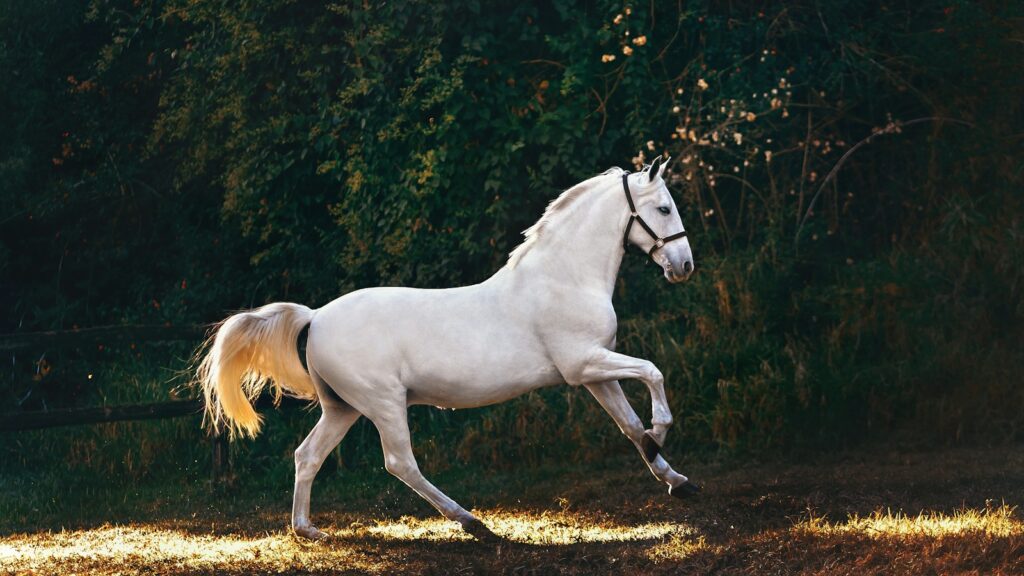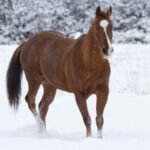Horses are majestic creatures that require dedicated care and attention to maintain their health and well-being. Among the many aspects of equine care, fly control often gets overlooked until it becomes a serious problem. These persistent pests are more than just a minor annoyance – they can significantly impact your horse’s quality of life and physical health. From causing intense irritation and stress to transmitting dangerous diseases, flies present a multifaceted threat that demands proactive management. This article explores the crucial reasons why fly control should be a priority for every horse owner, detailing the risks of neglect and providing practical strategies for effective management throughout the year.
The Hidden Dangers of Common Horse Flies

Horse flies, deer flies, stable flies, and other biting insects aren’t just nuisances – they’re potential health hazards for your equine companions. These persistent pests use razor-sharp mouthparts to slice open the skin and feed on blood, causing pain with each bite. A single horse fly can consume up to 200 ml of blood daily, potentially leading to anemia in severe infestations. Beyond the immediate discomfort, these wounds create entry points for bacteria and other pathogens, increasing infection risks. Understanding that these aren’t merely annoying insects but vectors of disease and causes of significant distress is crucial for responsible horse ownership.
Physical Stress and Behavioral Changes

When plagued by flies, horses display distinctive behavioral changes that signal their distress. Constant tail swishing, head tossing, stomping, and pacing are common reactions as horses attempt to dislodge these irritating pests. These behaviors aren’t merely cosmetic concerns – they represent significant energy expenditure and stress that can impact overall health. In severe cases, horses may refuse to graze properly, leading to weight loss and nutritional deficiencies. Some horses become so agitated they develop dangerous habits like bolting, kicking out unexpectedly, or damaging barn structures, creating safety hazards for both themselves and their handlers.
Disease Transmission Concerns
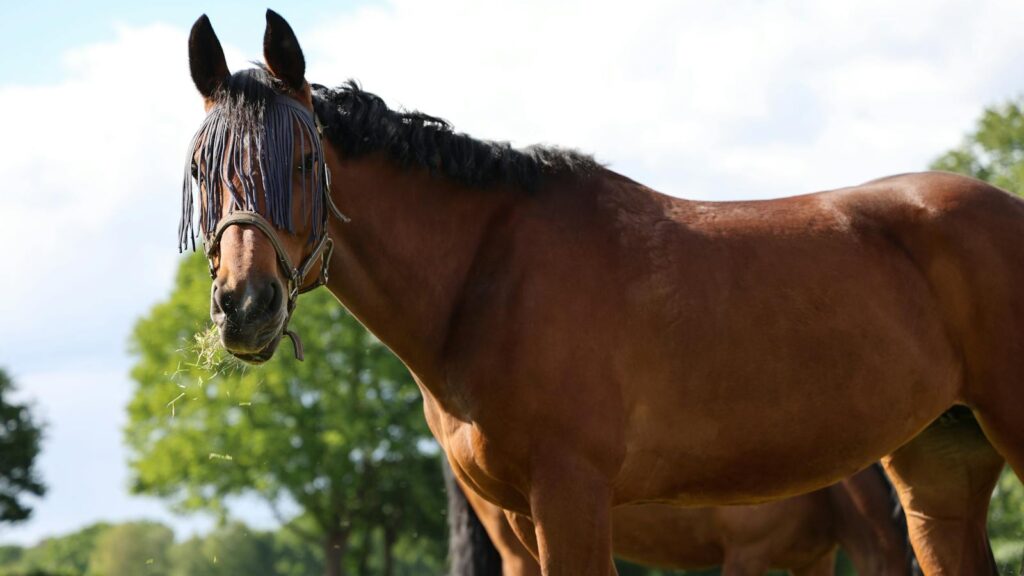
Flies serve as vectors for numerous equine diseases, carrying pathogens from infected animals to healthy ones. Equine infectious anemia, a potentially fatal viral disease with no effective treatment or vaccine, can be transmitted through horsefly bites. Summer sores (cutaneous habronemiasis) develop when flies carrying parasitic larvae land on wounds or moist areas of a horse’s body. Pigeon fever, characterized by deep abscesses and severe discomfort, spreads more prevalently in areas with high fly populations. Additionally, flies can transmit equine influenza and various forms of conjunctivitis, making comprehensive fly control an essential component of disease prevention strategies.
The Economic Impact of Ignoring Fly Control
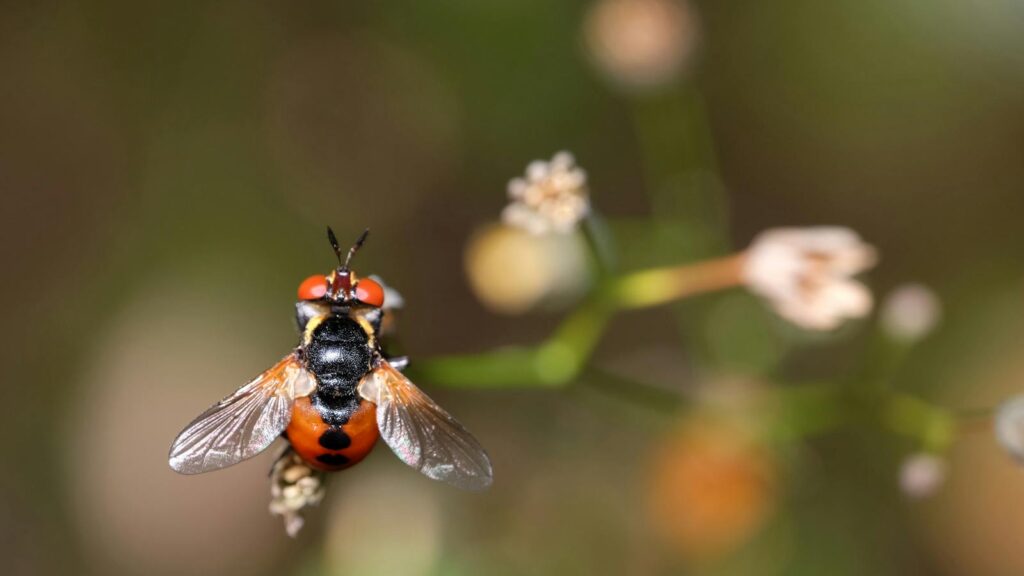
The financial consequences of neglecting fly control extend far beyond the cost of preventative measures. Veterinary treatments for fly-borne illnesses and secondary infections can quickly amount to hundreds or thousands of dollars. Performance horses suffering from fly aggravation may perform poorly at competitions, potentially affecting prize money and breeding value. Excessive energy expended fighting flies can necessitate increased feed costs to maintain appropriate weight and condition. When calculating the true cost of fly control, owners must consider these potential expenses against the relatively modest investment in preventative measures—making fly management not just a welfare concern but an economic necessity.
Vulnerable Areas Requiring Special Protection

Certain areas of a horse’s body are particularly attractive to flies and require special attention in your control strategy. The face, especially around the eyes, attracts face flies that feed on secretions and can transmit bacterial conjunctivitis. The delicate sheath or udder areas often suffer from biting midges and mosquitoes, causing intense irritation and potential infection. Legs, particularly the lower portions, are prime targets for stable flies, which can cause stamping behavior that leads to hoof problems over time. The belly line and withers attract numerous species and are difficult areas for horses to defend through natural behaviors like tail swishing, making protective measures in these regions especially important.
Environmental Management Strategies
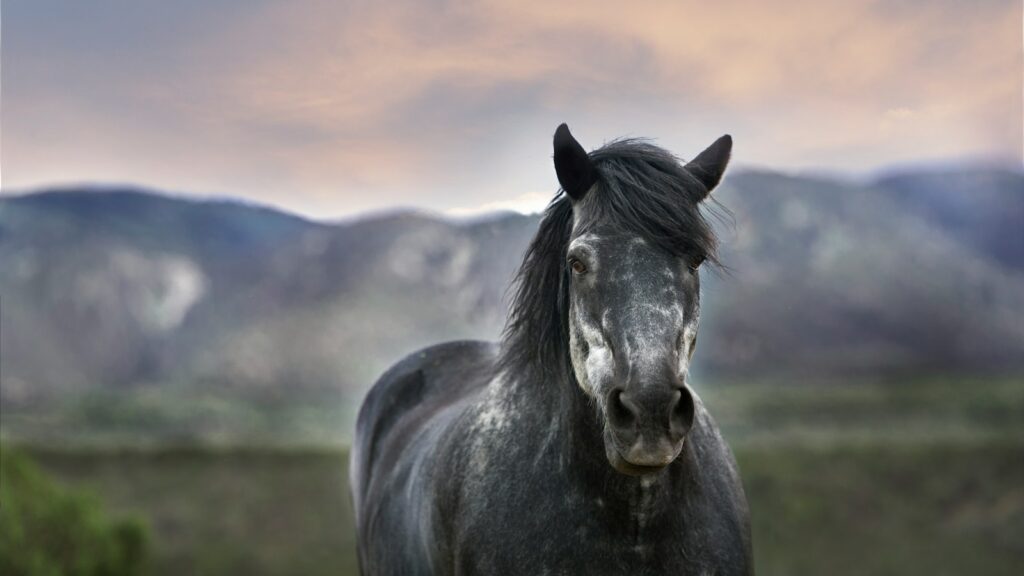
Effective fly control begins with managing the environment where flies breed and thrive. Manure management stands as the cornerstone of environmental control—removing manure from stalls daily and storing it far from barns or in covered containers significantly reduces breeding opportunities. Standing water, even in small amounts, provides breeding grounds for mosquitoes and should be eliminated through proper drainage systems and regular maintenance. Regular mowing of pastures reduces the tall vegetation where many fly species rest during hot parts of the day. Additionally, strategic composting techniques that generate high internal temperatures can kill fly larvae in organic matter, breaking the reproductive cycle before adult flies emerge.
Topical Solutions and Their Effective Application
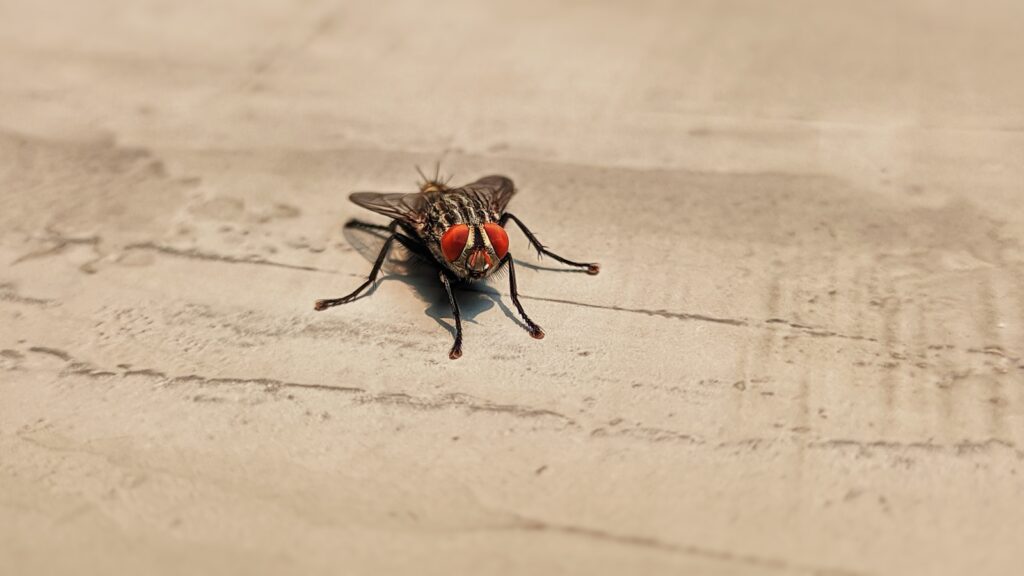
Topical fly repellents and insecticides provide immediate protection against biting and nuisance flies when properly applied. Synthetic pyrethroid-based products offer longer-lasting protection but should be rotated with other active ingredients to prevent resistance development. Natural alternatives containing essential oils like citronella, eucalyptus, and tea tree oil provide shorter but safer protection periods, particularly valuable for sensitive horses. The application technique matters significantly—spraying against the direction of hair growth ensures the product reaches the skin where it’s most effective. For facial application, apply the product to a soft cloth first rather than spraying directly to avoid eye irritation and resistance from the horse.
Systemic Options for Season-Long Protection
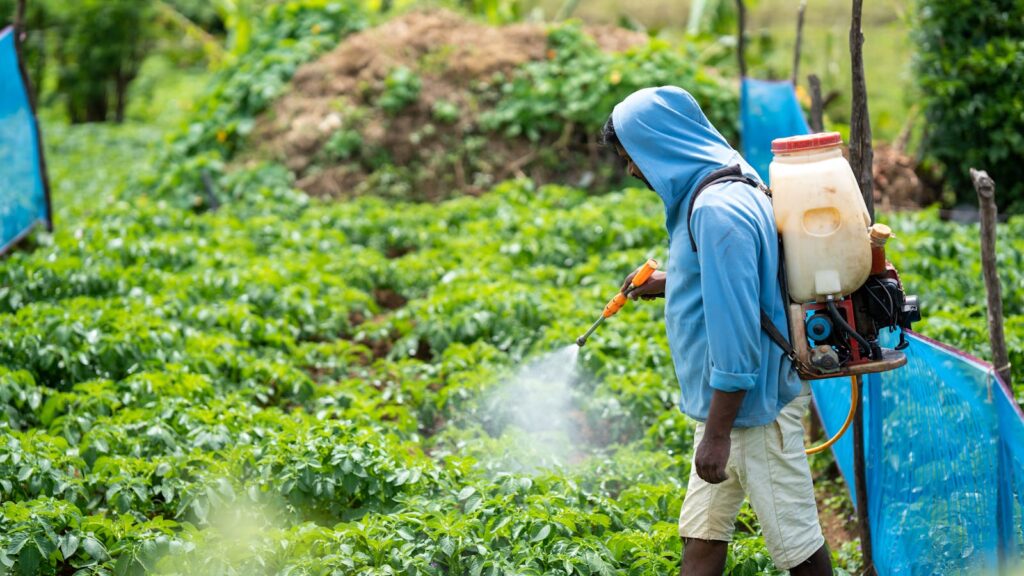
Feed-through fly control supplements containing insect growth regulators (IGRs) offer a convenient approach to breaking the fly life cycle. These products pass through the horse’s digestive system and into manure, where they prevent fly larvae from developing into adults. For maximum effectiveness, these supplements must be started early in the season, ideally several weeks before fly season begins. Since these products work on a population level, they’re most effective when all horses on a property receive them consistently throughout the fly season. While not providing immediate relief from existing adult flies, these systemic options provide excellent long-term population management when used as part of a comprehensive strategy.
Physical Barriers and Protective Gear

Protective clothing offers critical defense against persistent fly attacks, with fly masks designed specifically to protect the sensitive face and eye area while maintaining visibility. Full-body fly sheets made from lightweight, breathable mesh provide broader protection while allowing airflow to prevent overheating during warm weather. Leg wraps specifically designed for fly protection can prevent stable flies from attacking the lower limbs, reducing stomping behaviors that can lead to hoof issues. These physical barriers are particularly valuable for horses with sweet itch or those showing hypersensitivity to insect bites, providing relief without chemical interventions and serving as an important component of integrated fly management programs.
Biological Control Methods

Biological control offers environmentally friendly solutions that complement other fly management strategies. Parasitic wasps target fly pupae specifically without harming other organisms or posing any risk to horses or humans. These tiny beneficial insects lay their eggs in fly pupae, preventing the next generation of flies from emerging. Fly predators must be released regularly throughout the season, with frequency depending on climate conditions and fly pressure. Additionally, certain varieties of nematodes can be applied to manure and wet areas to control fly larvae populations naturally. For barns and stables, strategically placed sticky traps and fly tapes capture adult flies without chemicals, providing a visible indicator of population levels and problem areas.
Seasonal Considerations for Comprehensive Protection
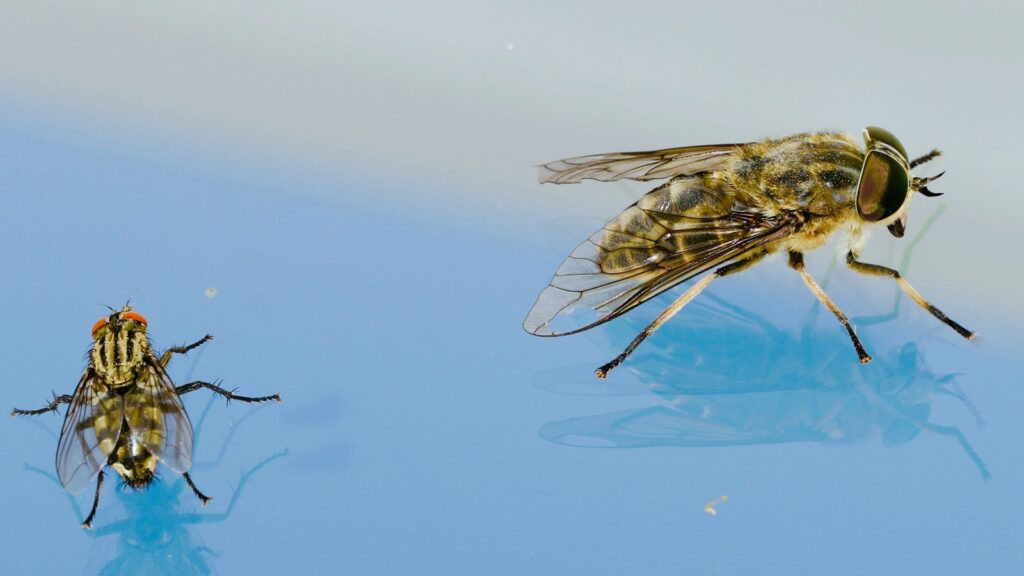
Fly control strategies must adapt to seasonal changes for maximum effectiveness throughout the year. Spring preparation should focus on cleaning winter bedding accumulation and applying preventative measures before fly populations establish themselves. During peak summer months, multiple control methods should be employed simultaneously, with increased vigilance around dawn and dusk when many species are most active. Fall maintenance should include thorough cleaning of areas where flies might overwinter, removing breeding material before cooler weather arrives. Even winter requires attention in warmer climates or heated barns, where fly cycles can continue year-round, albeit at reduced levels, making continuous monitoring essential regardless of season.
Special Considerations for Competition and Travel

Horses that travel to competitions or training facilities face unique fly control challenges requiring additional precautions. Temporary stabling environments may have different fly species or higher populations than the home barn, potentially exposing your horse to new irritants. Transporting horses with appropriate fly protection, including travel-safe masks and sheets designed for trailering, prevents stress and discomfort during journeys. Competition performance can be significantly impacted by fly irritation, making pre-competition fly control an essential part of preparation. Additionally, careful inspection upon return home helps prevent introducing new fly species or higher infestation levels to your main facility, protecting your entire herd.
Creating a Year-Round Fly Management Plan
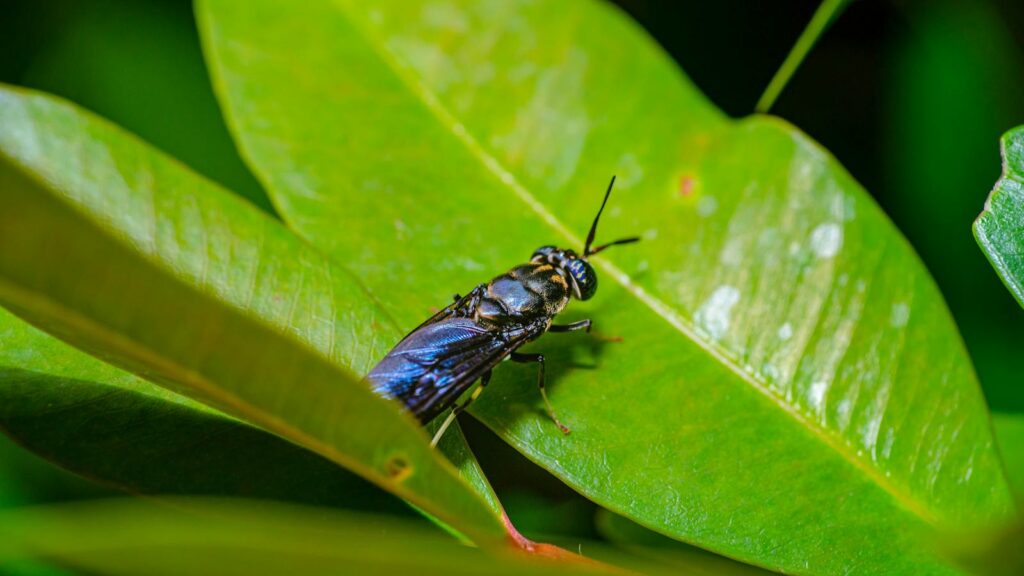
Successful fly control requires a comprehensive, consistent approach rather than reactive measures. Begin by documenting specific fly problems you’ve encountered in previous seasons, noting which areas of your property and times of day presented the greatest challenges. Establish a calendar of preventative activities, including scheduled manure removal, feed-through supplement timing, and environmental maintenance tasks. Maintain an inventory of necessary supplies to ensure you don’t run short during critical periods. Most importantly, implement multiple control methods simultaneously for a synergistic effect—environmental management, physical barriers, repellents, and biological controls working together provide significantly better results than any single approach used alone.
conclusion
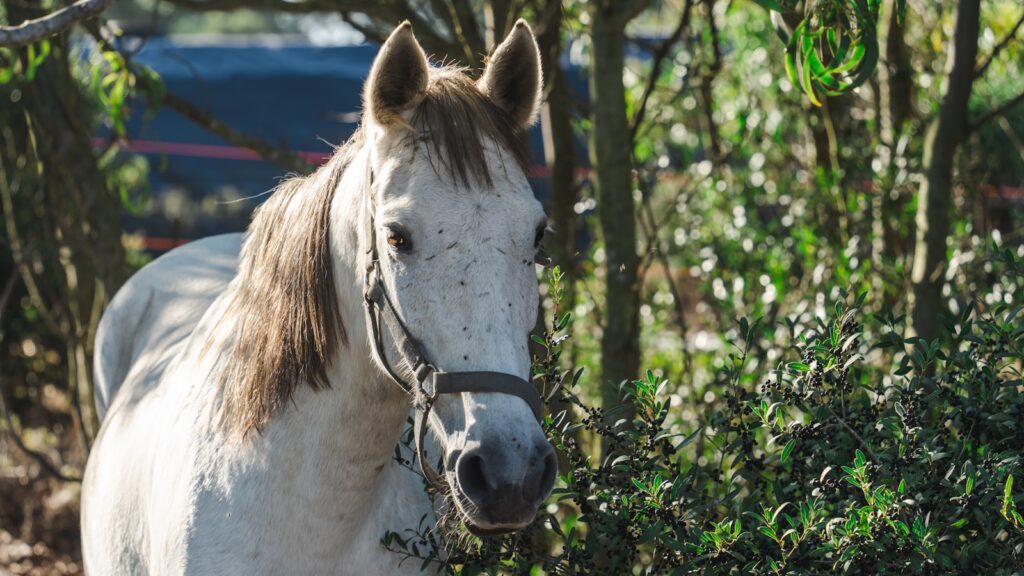
Fly control represents a fundamental aspect of responsible horse care that impacts virtually every dimension of equine health and welfare. From preventing painful bites and dangerous diseases to reducing stress and supporting optimal performance, effective fly management delivers benefits that far outweigh the investment required. By implementing a comprehensive strategy that combines environmental management, topical protection, physical barriers, and biological controls, horse owners can provide their equine companions with the comfortable, healthy environment they deserve. Remember that consistency is key—maintaining vigilance throughout the year, rather than responding only when problems become severe, ensures your horse remains protected from these persistent pests and the serious problems they can cause.

